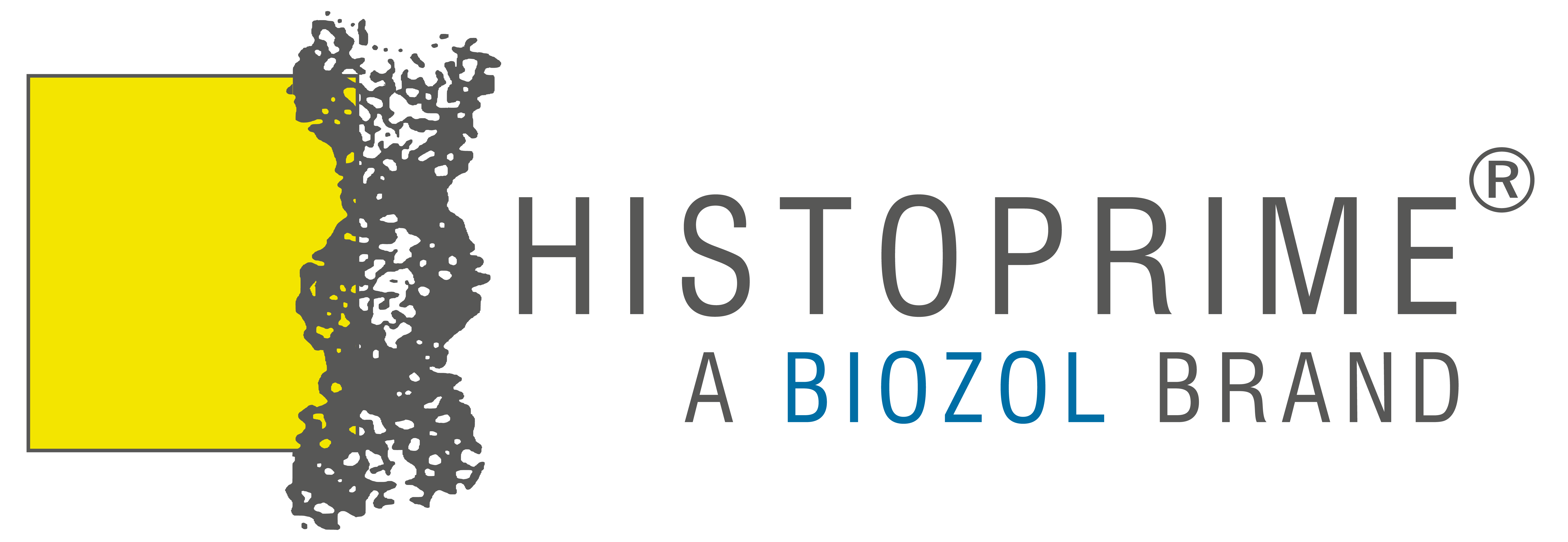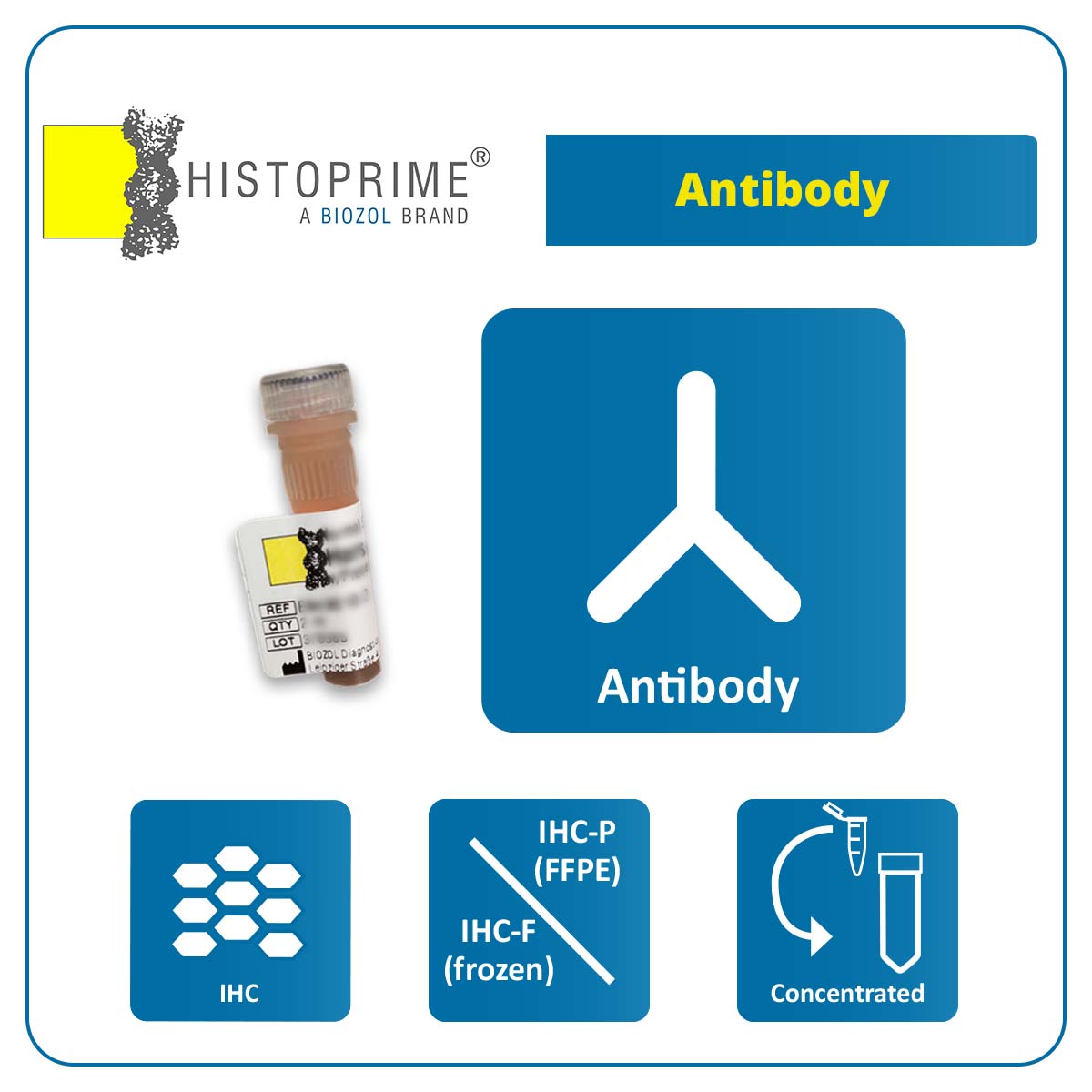Rabbit anti-Human S-100, Polyclonal, Ig, Purified
Concentrated Antibody for Immunohistochemistry
Background S-100
S-100 represents a group of acidic dimeric proteins that have a wide distribution in various tissues. Like calmodulin, parvalbumin, myoglobin, etc., they are calcium-binding and -modulating proteins. Three different dimers are known: S-100a (alpha/beta), S-100b (beta/beta) and S-100aa (alpha/alpha). The rabbit polyclonal antibody E031 reacts with human S-100a and S-100b. These proteins are typical of glial cells of the brain, ependyma, and Schwann cells of the central and peripheral nervous systems. S-100ao, on the other hand, is found in neurons, striated muscle cells, which usually do not stain or stain weakly with E031.
Synonyms
S-100, S-100a
| Specificity | S-100 |
|---|---|
| Species Reactivity | Human |
| Host / Source | Rabbit |
| Isotype | Ig |
| Application | IHC-F, IHC-P |
| Clone | Polyclonal |
| Antigen | Human S-100 |
| Quantity | 0, 5 ml |
| Format | Purified |
| Storage Temperature | 2-8 °C |
| Shipping Temperature | 2-8 °C |

